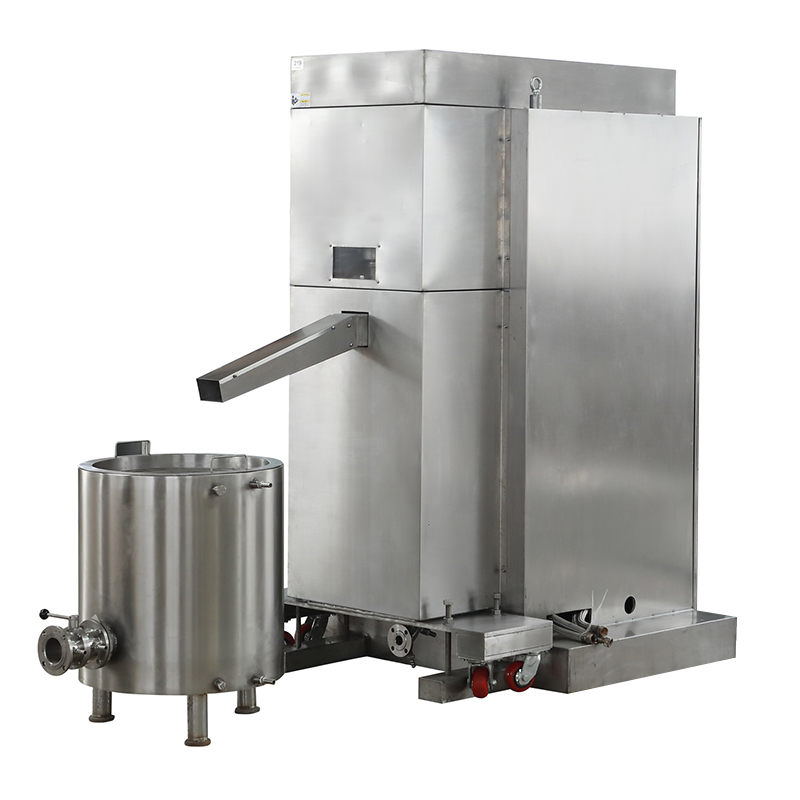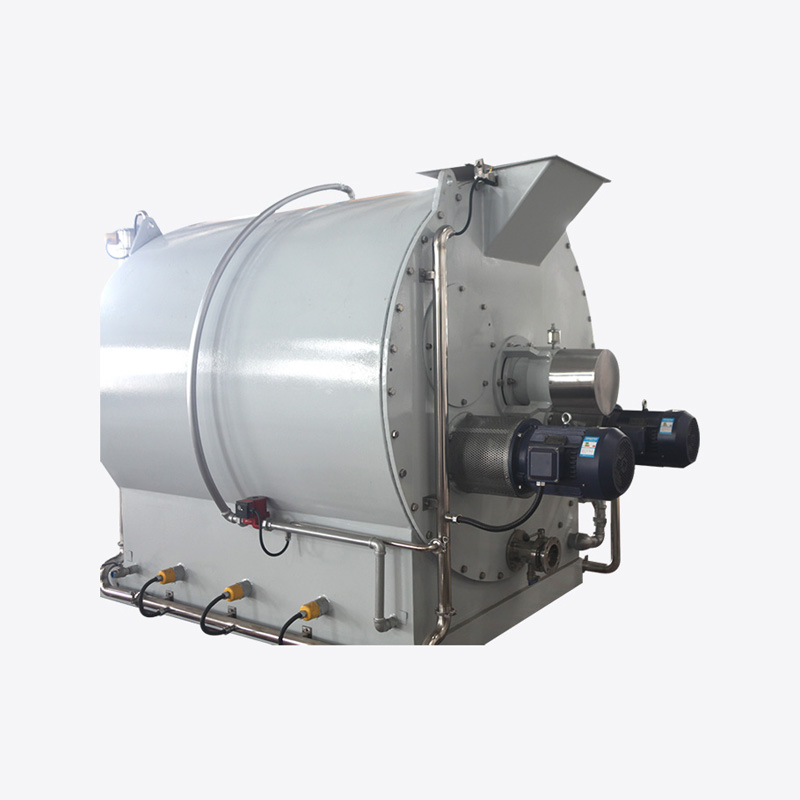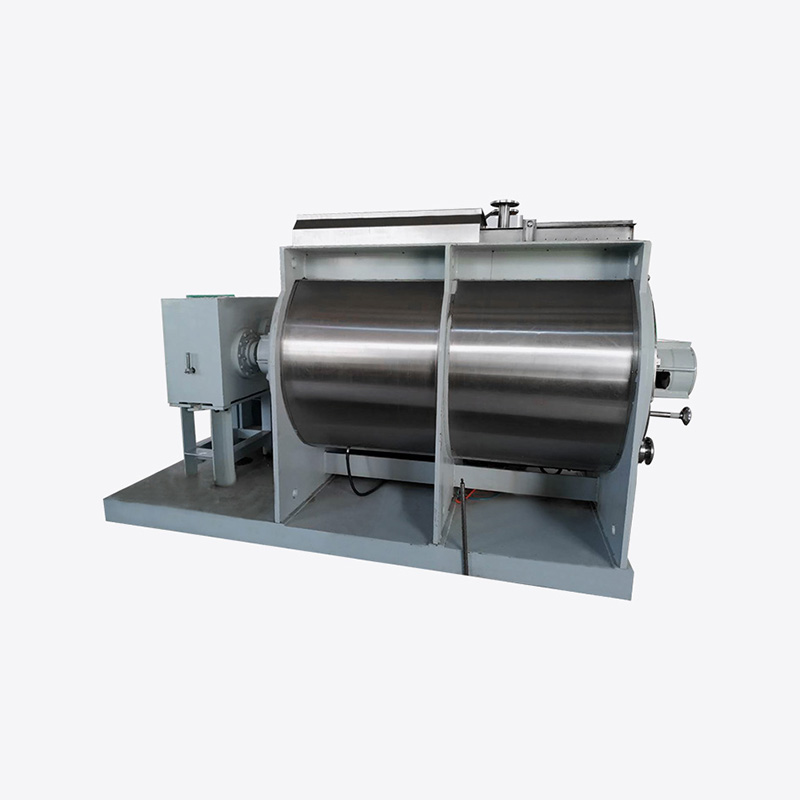Energy bars have become a staple in gyms, hiking trails, offices, and even school bags. They promise quick fuel, improved endurance, faster recovery, and in some cases, even enhanced mental performance. But with so many brands and energy bar product lines on the market, people often ask: Do these energy bar lines really work, or are they just clever marketing? The truth lies in understanding what’s inside them, how the body uses that fuel, and whether they match your specific needs.
1. What Is an Energy Bar Line?
When we talk about an energy bar line, we mean a range of energy bar products from a single brand. These product lines often include different flavors, calorie counts, and nutrient profiles tailored to specific purposes:
Preworkout bars for quick, accessible carbohydrates.
Endurance bars with a balance of carbs, protein, and electrolytes.
Recovery bars high in protein to aid muscle repair.
Mealreplacement bars designed to be more filling and nutrientdense.
A brand’s energy bar line is usually marketed as a complete solution for multiple energy and nutrition needs.
2. How Energy Bars Are Supposed to Work
Energy bars are essentially compact food sources that provide calories and nutrients in a convenient package. The core mechanisms by which they "work" include:
Supplying Readily Available Energy: Most energy bars contain carbohydrates, which the body can quickly convert into glucose for immediate fuel.
Supporting Sustained Performance: Bars with a mix of carbs, protein, and fat provide slowerdigesting energy for longer activities.
Aiding Recovery: Protein and amino acids in some bars help repair muscle tissue after strenuous exercise.
Preventing Nutrient Depletion: Many bars include vitamins, minerals, and electrolytes to replace those lost during physical activity.
3. The Role of Ingredients in Effectiveness
The actual performance of an energy bar line depends heavily on what goes into it:
Carbohydrates: The primary energy source for highintensity activities. Quickdigesting carbs (like glucose syrup) provide rapid energy, while complex carbs (like oats) release energy more slowly.
Protein: Essential for muscle repair. Recoveryfocused bars often contain whey protein, soy protein, or plantbased blends.
Fats: Provide a dense, slowburning energy source, useful for endurance sports.
Fiber: Slows digestion, supports satiety, and stabilizes blood sugar levels.
Vitamins and Minerals: Such as B vitamins for metabolism and electrolytes (sodium, potassium, magnesium) for hydration and muscle function.
Sweeteners and Flavorings: Improve taste but can affect digestion and blood sugar response.
4. Matching the Bar to the Activity
Whether an energy bar "works" depends on the situation:
For Short, Intense Workouts: A highcarb, lowfat bar 30–60 minutes before exercise can boost performance.
For LongDistance Endurance Events: A bar with a balanced mix of carbs, some protein, and moderate fat can sustain energy over hours.
For PostWorkout Recovery: A bar with at least 10–20 grams of protein and some carbs helps replenish glycogen stores and rebuild muscle.
For Casual Snacking: Many energy bars are caloriedense and may not be necessary unless you’re replacing a meal or need quick fuel.
5. Scientific Evidence on Energy Bars
Research shows that nutrition timing and macronutrient composition do affect performance and recovery:
Studies have found that consuming carbs before and during exercise can delay fatigue and improve endurance.
Protein intake after exercise accelerates muscle protein synthesis.
Carbs combined with protein postworkout are more effective for glycogen replenishment than carbs alone.
However, these benefits are not unique to energy bars—they can be obtained from whole foods like bananas, oats, yogurt, and nuts. Energy bars mainly add convenience.
6. Marketing vs. Reality
Energy bar lines often market themselves with bold promises: "Boost your stamina," "Fuel your adventure," "Maximize recovery." While the claims are partially true when the bar is matched to the activity, they can be misleading if:
The bar is consumed without increased physical activity—leading to unnecessary calorie intake.
The sugar content is high, causing rapid spikes and crashes in blood sugar.
The protein is low in quality or quantity, reducing recovery benefits.
In reality, the effectiveness of an energy bar depends on how, when, and why you eat it.
7. Pros of Energy Bar Lines
Convenience: Portable and messfree, ideal for onthego fuel.
Portion Control: Premeasured servings reduce the risk of overeating compared to snacking on open packages of food.
Targeted Formulations: Many lines offer specialized bars for preworkout, midactivity, and recovery.
Long Shelf Life: Unlike fresh food, they can be stored for weeks or months.
8. Cons and Limitations
Cost: Energy bars can be more expensive per calorie than whole foods.
Added Sugars: Some bars are closer to candy bars nutritionally.
Digestive Issues: High fiber or sugar alcohols can cause stomach discomfort during intense activity.
Overreliance: Using them as a daily snack without increased energy needs can lead to weight gain.
9. How to Tell if an Energy Bar Is Working for You
Signs an energy bar is doing its job include:
Feeling energized within 30–60 minutes (for preworkout bars).
Maintaining steady energy levels during long activities without feeling weak or dizzy.
Reduced muscle soreness and quicker recovery postworkout.
No digestive discomfort during use.
If you feel sluggish, experience sugar crashes, or see no improvement in performance or recovery, the bar—or the way you're using it—may not be effective.
10. Choosing the Right Energy Bar from a Product Line
When selecting from an energy bar line, consider:
1. Your Goal: Energy boost, endurance support, or recovery.
2. Macronutrient Ratio: Adjust carbs, protein, and fat content based on activity type.
3. Sugar Content: Look for lower added sugars unless you need rapid fuel.
4. Ingredient Quality: Fewer artificial additives and more whole food ingredients often lead to better digestion and sustained energy.
5. Personal Tolerance: Test different bars during training, not on event day.
Energy bar lines can work when used correctly. They are convenient, portable, and often formulated with specific performance goals in mind. However, they are not magic solutions—without the right timing, type, and purpose, their benefits are minimal. In many cases, whole foods can provide the same or better nutrition at a lower cost, but energy bars shine in situations where convenience, portability, and shelf stability are essential.
The bottom line: An energy bar line works best when its different products are matched to specific needs and consumed as part of a balanced diet that aligns with your activity level and goals.




 English
English Español
Español








